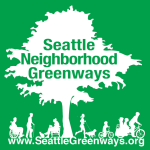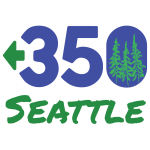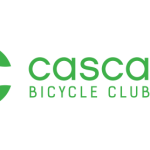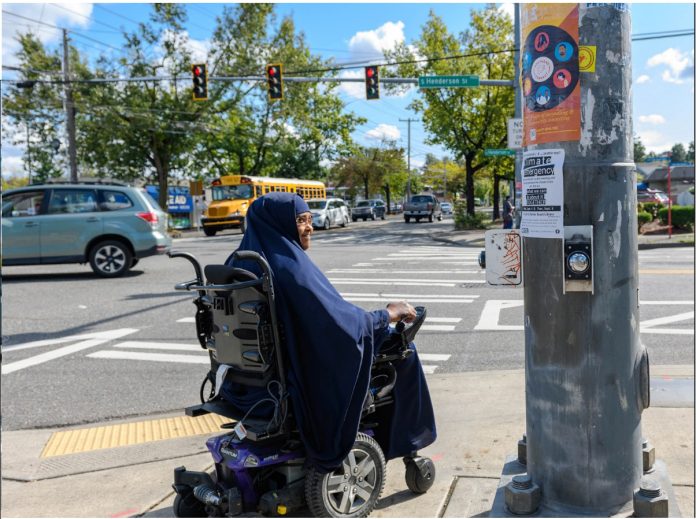
Think ahead to 2043: What do you want it to look and feel like to get around Seattle?
The City of Seattle is releasing a draft plan this summer answering this question. The “Seattle Transportation Plan” will integrate existing plans for separate “modes” – like walking, biking, transit, and freight – into one vision for how we build our streets, trails, and transit in Seattle for the next 20 years.
The plan’s community engagement process was robust by many measures. And the info-packed outreach report released this spring unveiled recurring themes such as poor east-west transit connections; lack of safe biking options especially in the South End; and the need for more sidewalks in more neighborhoods.
Alongside asking the community about their mobility needs, City leaders have proposed a new vision for our transportation future. The result:
“Seattle is an equitable, vibrant, and diverse city in which moving around is simple, just, eco-friendly, safe, and allows people and businesses to access their daily needs and feel connected to their community.”
What’s not to like? The big question is how we achieve that vision.
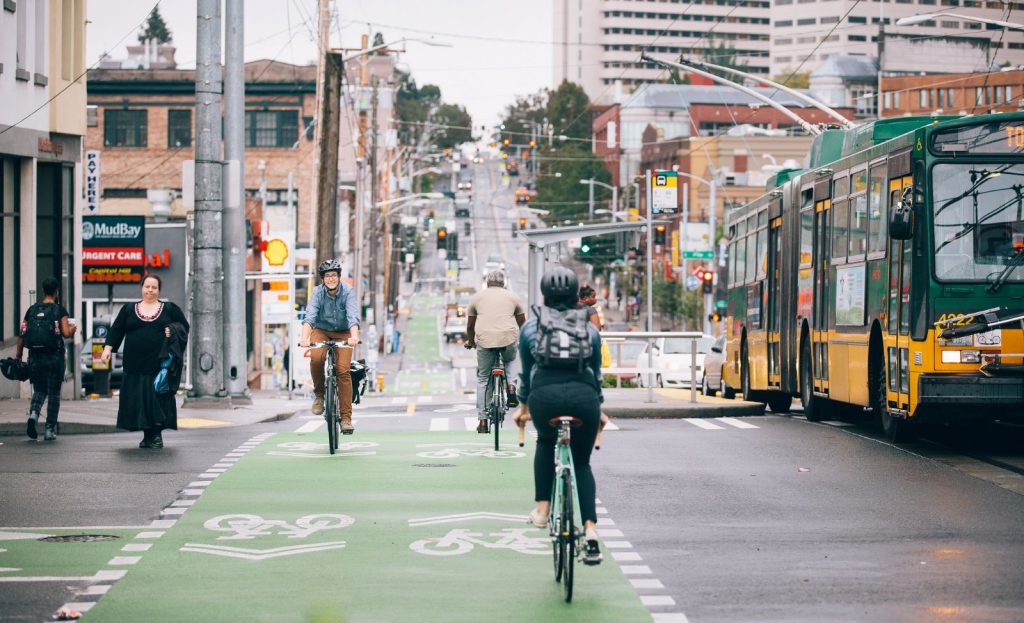
Accelerating climate catastrophe, a pedestrian safety crisis, and increased density demand that we commit to real action with this plan and not just pretty words.
15 Actions that the Seattle Transportation Plan Must Commit to:
- Right Historic Inequities: Improve safety and prioritize investments in communities whose neighborhoods have been historically disinvested. Reconnect neighborhoods that have been fragmented by auto infrastructure. Do this work in tandem with strict anti-displacement measures, Black, Indigenous, and people of color (BIPOC) community engagement, and expanded affordable housing options on non-arterial streets.
- Safety: Prioritize the safety and comfort of people walking, rolling, biking, and accessing transit, even and especially when limited road space means less space for car lanes. Implement the findings and strategies outlined in the Vision Zero Top to Bottom review in a timely manner. All street projects – including repaving – should be safety projects that include the installation of safety measures like new sidewalks, sidewalk repair, and other safety upgrades that can be added during construction work.
- Connectivity: Build a complete and connected network of bike routes; high capacity, frequent transit; and sidewalks above and beyond what is currently outlined in existing plans. Make walking, rolling, biking, and taking transit the most efficient and easy option for people to get where they need to go. And build it faster – our climate crisis is too great to delay.
- Reduce Travel in Private Vehicles: While making it more convenient, comfortable, and efficient to get around outside of a private vehicle, we must also make it less convenient and efficient to drive. Set explicit city-wide goals on Vehicle Miles Traveled (VMT) reduction targets, and require every project be designed so that it contributes to this goal. Project outcomes on VMT should be clear and transparent.
- People Streets and Public Spaces: Dramatically increase community gathering places for people, and build a pedestrianized street or zone at the heart of every neighborhood. Define a clear path with resources for communities seeking to create neighborhood gathering places in their own streets, with emphasis on communities whose neighborhoods have historically experienced disinvestment.
- Curb Space Management: Prioritize disability access, commercial loading zones, and pick-up / drop-off zones over long-term private vehicle parking, which will also decrease bike lane and sidewalk blockages.
- Measure What Matters: Move away from measuring the success of our streets by how quickly they move private vehicles (“Level of Service”) to how safely and efficiently our streets move people walking, rolling, biking, and using transit, and how well our streets meet neighborhood needs and stated city goals. This shift needs to happen throughout all of the Seattle Department of Transportation (SDOT) and throughout the Transportation Plan.
- Congestion Pricing: Reduce car traffic and air pollution during peak travel hours by advancing a toll on car travel in specific areas of the city, implemented with an equity lens so as not to over-burden low-income drivers.
- Signal Policies: Update the rules for Seattle’s traffic signals to prioritize pedestrian and bike safety over car throughput in order to help make walking and biking the safest and most convenient mode for short trips.
- Enforcement: Remove armed police officers from traffic enforcement. Avoid or minimize punitive revenue generation; focus instead on egregious offenders. Enforcement cameras should be a temporary measure to correct unsafe driving behavior with the long term focus on fixing unsafe streets through safety interventions. Dedicate funding to designing streets for safe driving behavior.
- Equitable Electrification: Ensure that Seattle’s funding for vehicle electrification prioritizes bus and fleet electrification and associated infrastructure ahead of infrastructure for electric personal vehicles.
- Emergency Management: Improve how traffic crashes are investigated and data is collected by moving crash data collection out of the Seattle Police Department and into SDOT. Develop a pilot to, as part of fleet electrification, reduce fire truck size to ensure emergency access on narrow streets.
- Freight: Develop ways to move freight that incorporates last-mile delivery, bike delivery, and smaller vehicles to shift away from large truck deliveries. Place time limitations on freight access to dense areas, and create local delivery access plans.
- Funding: Create a prioritization framework for funding that matches established city safety, equity, and environmental goals and prioritizes people walking, rolling, biking, and taking transit. Use the framework when developing the next transportation levy and other transportation-specific revenue sources. Pursue additional progressive revenue options beyond the transportation levy proposal that are equitable and stable and do not disproportionately impact low-income communities or communities of color. Possibilities that should be pursued with an equity lens include but are not limited to: capital gains tax, income tax, payroll expense tax, high CEO pay ratio tax, congestion pricing, and more. Do not rely on punitive revenue generation.
- Metrics and Accountability: Include a reporting mechanism to measure year-by-year climate emissions, vehicle miles traveled (VMT), bike use, and transit ridership (mode share) to allow for greater accountability, with explicit mitigation measures that Seattle will undertake if goals are not met, including increased investment in bike infrastructure and transit infrastructure/service.
The city is planning to release the draft Seattle Transportation Plan this month, with another opportunity for the public to provide feedback. Our organizations will wade through hundreds of pages of draft policies and strategies to see if it checks off all 15 of these actions.
We Need Your Help:
- Join our multi-organization advocacy workgroup – email clara@seattlegreenways.org
- Sign up to receive alerts from our advocacy workgroup with opportunities to push for the future we want
- Sign up to get updates on the Seattle Transportation Plan from the City of Seattle
Together, we’ll continue advocating for a transportation system where everyone can get around safely, conveniently, and affordably.


